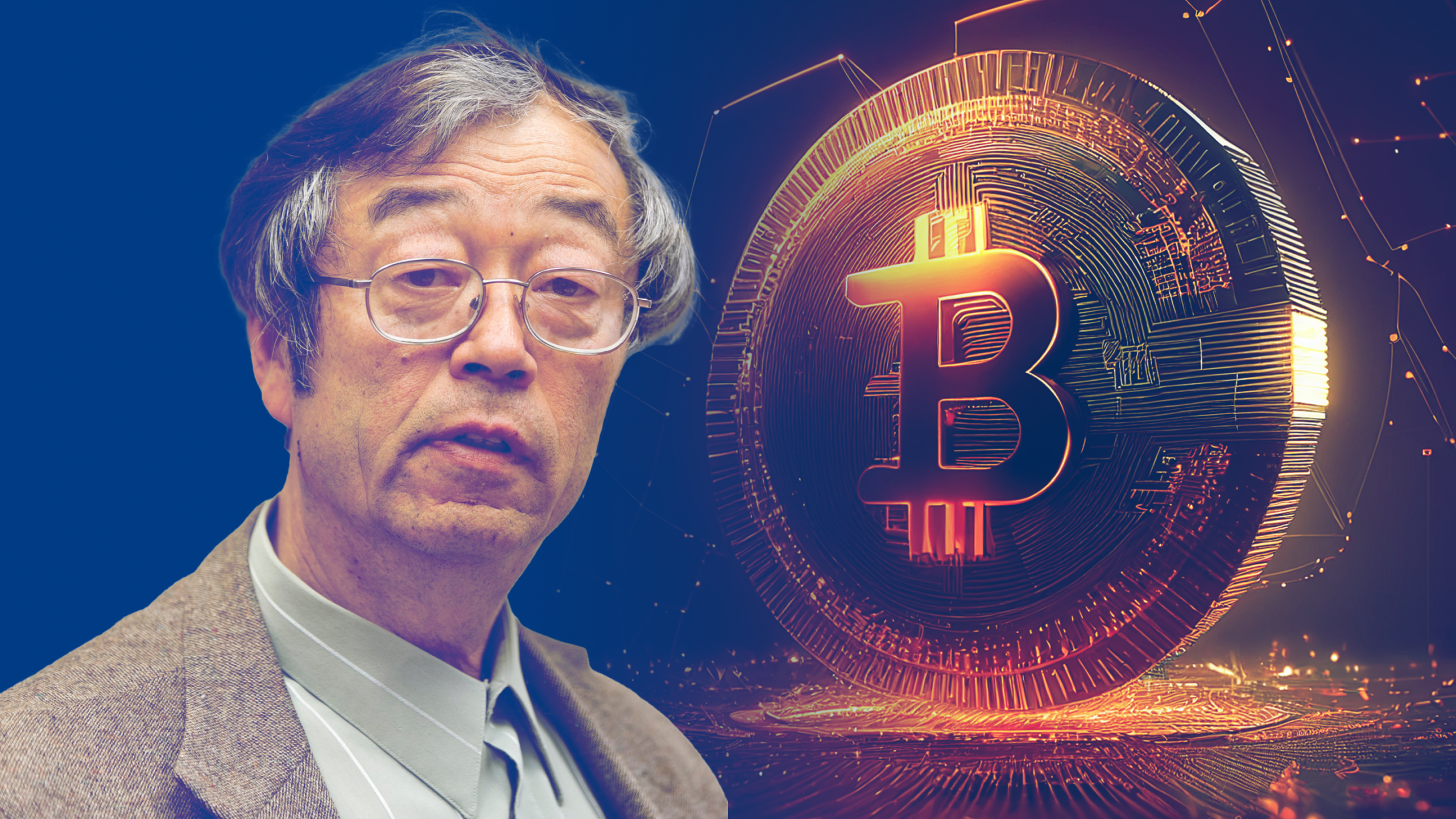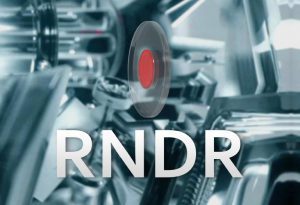
Table of Contents
ToggleNakamoto Consensus, a cornerstone in the cryptocurrency realm, is the method by which decentralized agreement is achieved in the Bitcoin network. Unlike traditional consensus methods such as democracy, Nakamoto Consensus allows a decentralized network to reach collective agreement without a central authority. Instead of relying on intermediaries, this innovative approach uses proof of work and time to validate and secure transactions on the Bitcoin blockchain.
The Active Process of Nakamoto Consensus
At the heart of Nakamoto Consensus lies an active process that breathes life into the Bitcoin network. Proof of work, executed by miners, involves solving complex mathematical problems to add blocks to the chain. This competitive process ensures the network’s security and prevents any malicious attempts to alter the transaction history.
With time as the determining factor, Nakamoto Consensus builds the history of the blockchain, ensuring transactions are irrefutable and reliable. Through this unique structure, the Bitcoin network achieves consensus without requiring a central entity, thus setting a new standard in how decentralized networks can operate.
The Importance of Nakamoto Consensus in Bitcoin
Nakamoto Consensus plays a crucial role in the success and reliability of Bitcoin. By decentralizing decision-making and transaction validation, this method has proven to be resistant to censorship and manipulation. As the network grows, Nakamoto Consensus dynamically adapts, maintaining security and efficiency with each block added to the chain.
Trust in Bitcoin as a store of value and medium of exchange is largely grounded in the robustness of Nakamoto Consensus. As users actively participate in the network, they contribute to collective consensus, strengthening the integrity of the blockchain and solidifying Bitcoin’s position as a revolutionary innovation.
Challenges and the Future of Nakamoto Consensus
Despite its proven effectiveness, Nakamoto Consensus is not without challenges. Scalability and the energy consumed by the proof-of-work process are aspects the community is addressing with solutions such as Schnorr improvement and transitioning to proof of stake. The future of Nakamoto Consensus involves ongoing evolution and adaptation to overcome these challenges and enhance the efficiency of the network.








